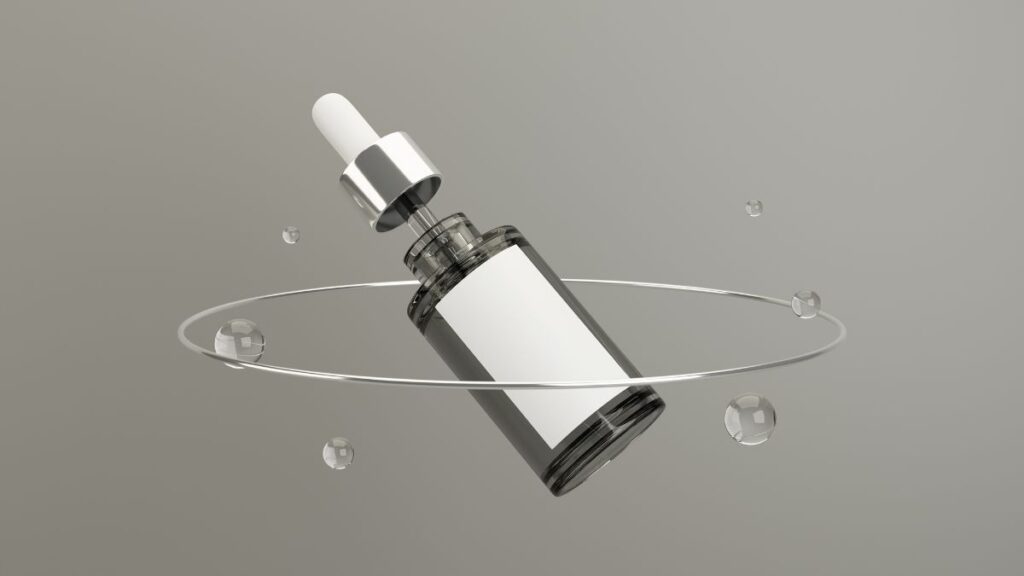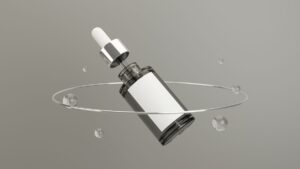The Role of BPC-157 in Vascular and Angiogenesis Research

Table of Contents
The regenerative peptide BPC-157, a stable gastric pentadecapeptide derived from human gastric juice, continues to be at the centre of vascular and angiogenesis research. Recognised for its role in tissue regeneration, its ability to influence blood vessel formation, nitric oxide signalling, and endothelial repair has shown promising potential in numerous animal models. This article explores how BPC-157 modulates vascular systems, supports healing in ischemic conditions, and contributes to cardiovascular-focused scientific studies.
Does BPC 157 Promote Angiogenesis?
Yes, extensive preclinical studies suggest that BPC 157 promotes angiogenesis, the process by which new blood vessels form from pre-existing ones. This has been observed most clearly in research involving wound healing, Achilles tendon detachment, and models of ischemic injury.
The peptide has demonstrated:
- 1. Enhanced recruitment of vascular endothelial growth factor (VEGF)
- 2. Activation of nitric oxide synthase pathways
- 3. Improved capillary growth at injury sites
- 4. Restoration of microcirculation in compromised tissues
Such mechanisms offer research potential for exploring therapies in cardiovascular, post-surgical, and orthopaedic recovery contexts. For more on BPC 157’s tissue recovery applications, refer to Your User Guide for BPC157.
Nitric Oxide Pathway and Vascular Modulation
A critical element in vascular tone and repair is the nitric oxide (NO) signalling pathway. BPC-157 has shown a modulatory effect on nitric oxide agonist and antagonist induced lesions in broilers, as well as in mammalian models. Notably, it appears to balance both overproduction and suppression of nitric oxide activity.
Research involving agents such as Nitro-L-Arginine Methyl Ester (L-NAME) and L-arginine (used to either block or enhance nitric oxide production) has shown that BPC-157 can counteract their respective side effects:
- 1. Reduction of NO-suppressed blood flow
- 2. Inhibition of oxidative stress
- 3. Restoration of vascular tone and integrity
This ability to restore homeostasis in nitric oxide activity suggests that BPC-157 therapy could become an essential research tool in studying vascular dysregulation.
Does BPC 157 Make You Vascular?
In bodybuilding circles, the term “vascular” often refers to visible veins and low subcutaneous fat. While BPC-157 does not directly increase vascularity for aesthetic purposes, it may support the health and adaptability of blood vessels in response to physiological stressors such as injury or high-performance training.
For applications focused on muscle recovery and performance, explore BPC157: The Ultimate Guide for Bodybuilders.
Cardiovascular Protection in Animal Studies
In experimental cardiology, BPC-157 has demonstrated benefits in models of:
- 1. Doxorubicin-induced congestive heart failure
- 2. Hypertensive crisis and high blood pressure
- 3. Amlodipine and losartan reversal pathways
Studies suggest BPC-157 contributes to restoring endothelial function, reducing oxidative stress, and potentially modulating pro-survival signalling pathways.
Its co-action with VEGF expression and ability to protect against vascular endothelial injury has shown statistically significant improvements in cardiac recovery markers.
Gastrointestinal Vascular Healing
Beyond muscle and cardiovascular tissue, BPC-157 also supports vascular repair within the gastrointestinal tract, particularly in response to NSAID-induced injury and chronic inflammatory lesions. Its pro-angiogenic effects contribute to restoring circulation and mucosal lining integrity.
For a more in-depth analysis of BPC 157’s impact on gut health, visit our gut-focused guide.
Wound Healing and Vascular Regeneration
One of the hallmark observations in BPC-157 research is its ability to rapidly restore blood supply in injured, avascular, or compromised tissues. The peptide stimulates:
- 1. Angiogenesis at wound sites
- 2. Revascularisation after tendon and bone detachment
- 3. Prevention of corticosteroid-induced vascular damage, as shown in the widely cited work by Krivic A, Anic T, Seiwerth S, Huljev D, Sikiric P
The peptide’s capacity to counteract the damage caused by corticosteroids further amplifies its value in inflammation and wound repair research.
Final Thoughts: BPC-157 in Vascular Research
BPC-157’s influence over nitric oxide, VEGF, and endothelial function places it at the forefront of vascular and angiogenesis research. Its role in supporting blood flow, reducing inflammation, and enhancing microvascular regeneration opens valuable doors for those researching cardiovascular, neurological, and orthopaedic systems.
To explore the biological science behind BPC-157 in more detail, visit our article on the Science Behind BPC 157.
Disclaimer: Vicorpus does not endorse or promote the use of Sarms or Peptides for human consumption. Our blog posts are intended for informational purposes only and address common inquiries found on various forums. The sale of Sarms and Peptides is strictly limited to researchers for scientific and research purposes.
Share This Post
More To Explore
Commonly Asked Questions
Subscribe to our emailing list to receive our latest news, articles and promotions. You may unsubscribe at any time.

Privacy Policy Shipping Refund & Returns Terms & Conditions
Copyright © 2023 VI Corpus. All rights reserved

